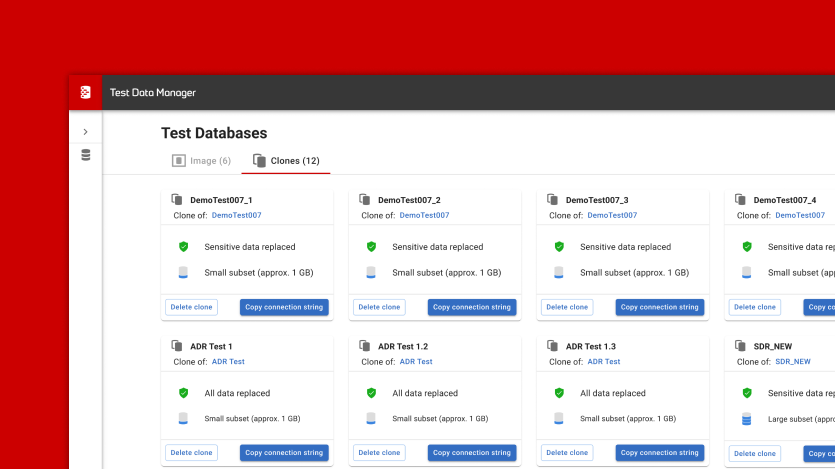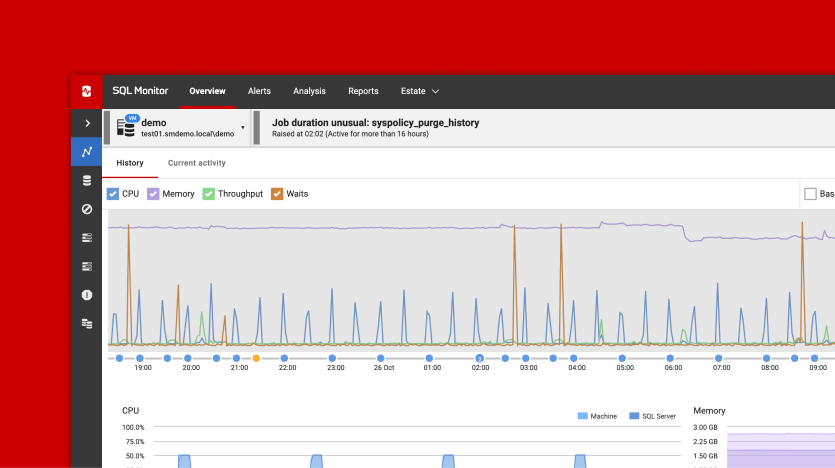Q&A from our recent ‘What’s New in SQL Toolbelt’ webinar
I recently gave a Redgate University webinar with Chris Kerswell and Thomas Walsh. Giving webinars as a team is terrific, as it shows how we work at Redgate. Chris is a Sales Engineer, Tom is a Software Engineer, and I’m a DevOps Advocate. Behind the scenes, we often work together across these groups to solve customer problems and improve our solutions, so it’s fun to get to work together with the community in webinars as well.
Our latest video discusses new features in Redgate’s SQL Toolbelt and I thought it would be useful to recap the top three questions we heard from viewers, along with the answers. If you haven’t seen the webinar yet, you can check it out here.
1. How did you get the list of code analysis issues screen to show up in SQL Prompt?
In the webinar, Tom shows new features in SQL Prompt that help you improve the quality of existing code. One of these features is a list of all code analysis issues, which you can combine with SQL Prompt’s ‘auto fixes’ to quickly improve your code.
Here’s a view of the List of Code Analysis Issues feature in action:

Viewers of the webinar were excited about this feature, but a few folks missed how exactly you get to the feature.
To open this list, go to the SQL Prompt menu in SQL Server Management Studio and select “Show List of Code Analysis Issues….”

Another viewer asked if this feature is available for SQL Prompt in Visual Studio. Yes, it is! Similarly, Show List of Code Analysis Issues… appears on the SQL Prompt menu for this new feature.
If that option isn’t in your SQL Prompt menu, it means you need to update your SQL Prompt installation. Note that in Visual Studio, the SQL Prompt menu only appears when you open a SQL file, or a SQL Server Object Explorer window.
2. Is there a command line for SQL Compare in a Windows environment?
In the webinar, Tom announced that SQL Compare not only now has SQL Server 2019 support, but the SQL Compare command line interface (CLI) is now available on Linux.
And yes, the SQL Compare command line is also available on Windows! Read our documentation on how to use the SQL Compare command line on both platforms.
3. Are there plans to include Hyper-V hosts in SQL Monitor?
This isn’t on our immediate roadmap for SQL Monitor. We use User Voice to collect feature suggestions from users, and we have a suggestion to monitor Hyper-V hosts which is currently active. Please vote up that suggestion, and also leave comments there to let us know how important the feature is to you.
Sometimes folks interpret a link to User Voice as a kind of dismissal, as it’s not always obvious that your voice is truly being heard after you leave a comment there. I can personally vouch for the fact that our engineering teams regularly review and discuss the features you suggest, the comments you make, and the votes you give.
I know this because quite often our teams bring your User Voice suggestions up in conversation and also cite User Voice comments and suggestions as part of the research they are doing to determine the best changes to make in our solutions. So Redgate’s User Voice really does influence what you’ll see in ‘What’s New’ sessions in the future.
Thanks to everyone for attending the webinar and for your questions. If you haven’t seen the webinar yet, you may watch it here on demand.







